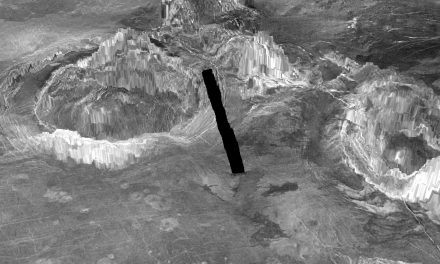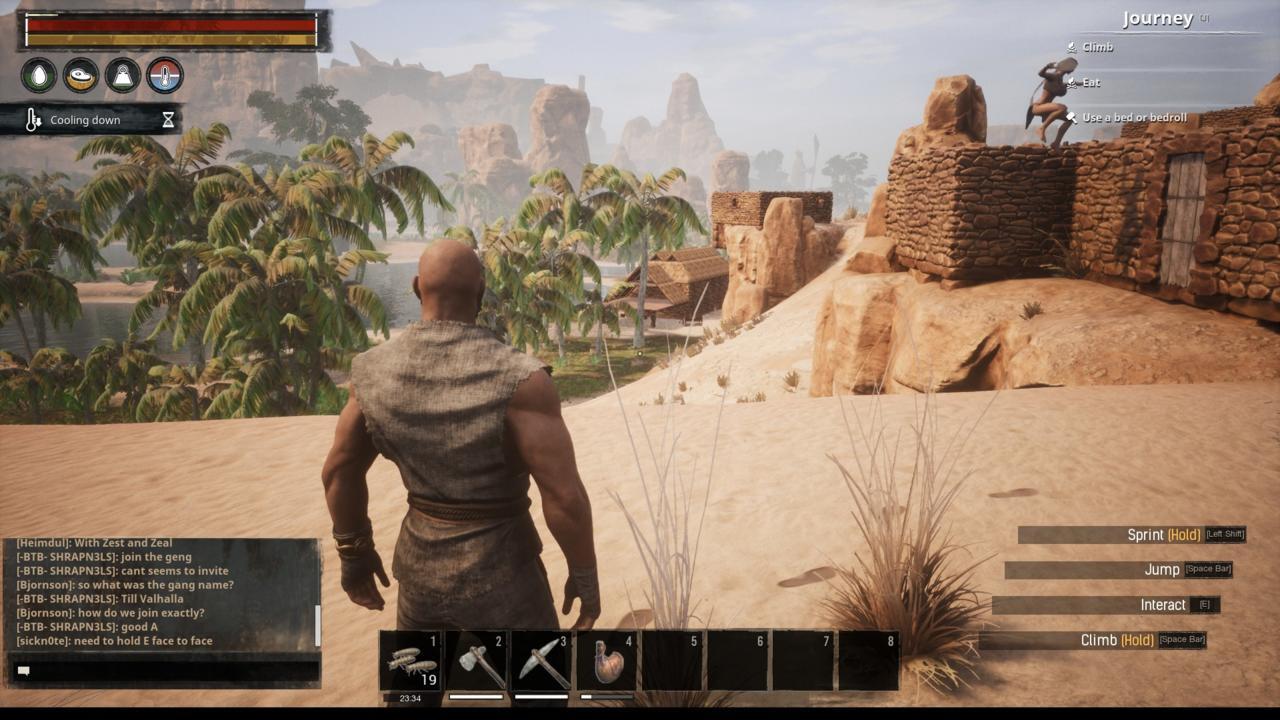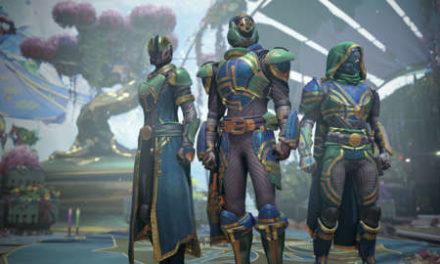
Darksiders: Genesis Review – Lucy And The Horsemen

Hell is teeming with demonic masters tricked into subservience by Lucifer himself–or Lucy, as Strife affectionately calls him in Darksiders: Genesis. An isometric hack-and-slash bonanza, the latest instalment in the Darksiders series sees you puppeteer dastardly duo War and Strife in a combat-fueled romp filled with bombastic brawls, infernal abominations, and quippish one-liners.
The protagonistic pair form one cohesive half of the Four Horsemen–a parade of soldiers born from the ungodly union of angels and devils. And yet Genesis’ story is wonderfully witty and whimsically warm. War is a belligerent and straight-laced gladiator who takes everything very, very seriously, and Strife has brilliant fun hurling droll jests his way. “Knock knock,” opens one exchange. “What?” replies War. “You’re supposed to say ‘Who’s there?’,” retorts an incredulous Strife. “Why would I give away my location? I would simply smash through the door and face my assailant,” reasons War.
The pair are so radically different to one another that the writing really has room to blossom into something special. To make this even more charming, the majority of Genesis’ cutscenes unfold in a comic-book panel aesthetic–much like previous Darksiders games. The animation is stylish and memorable, and helps to ensure that Genesis never gets too grave–quip after quip, panel after panel, it’s a game about Hell and the end of the world that maintains a delightful degree of charisma and warmth. It’s also spectacularly garish, to the extent that its inherent campiness becomes its biggest strength.








Each of the two characters has their own distinct playstyle, both of which are excellent. War uses his gargantuan sword, Chaoseater, to tussle with enemies at close-range–he’s a big, hulking bruiser that enjoys a good knock. Strife, on the other hand, has a pair of trusty pistols and excels when quickly moving about the battlefield. Like his wit, his movements are sharp and precise, and he’s very well-suited to players who enjoy pummeling bosses in between choreographed sequences of fancy footwork. Being able to switch between the two on the fly allows for a massive amount of diversity in combat.
Although the genesis of Genesis is the relationship between its joint protagonists, these differences in combat style are what make it shine as a Darksiders game. It may seem as if this is budget Darksiders–an isometric camera angle and a short but sweet story. It’s the opposite. You emphatically feel like a member of the Four Horsemen. As you learn new abilities–called Enhancements in Genesis–you gradually gain access to combos so devastating that it makes sense for the masters of Hell to fear you. War can channel lightning into his sword and unleash it upon his enemies, whereas Strife can shoot legitimate lava bullets from his pistols–he’s half-gunslinger, half-volcano.
You have two different variables to pay attention to while you’re in the thick of it: Health and Wrath. The former is a straightforward vitality meter, whereas the latter is tied to special abilities. For every Wrath bar you fill, you can use one of these powers–maybe you’ll do a flaming somersault or create a clone of yourself to serve as a decoy while you leg it back to safety.









However, the real fun starts when you fill your Wrath meter right up to the brim and then some. After achieving this, you gain access to your Chaos mode, which causes you to temporarily become a colossus. War lights himself and his sword on fire, while Strife gets a gun that seems to shoot space dust. If you’re clever, you can deprive a boss of half their health with a single Chaos transformation. It’s an excellent mechanic because it’s difficult to obtain and necessitates a lot of risk–you can’t spend your Wrath bars on standard abilities if you’re saving up to go Plus Ultra, Darksiders style. However, when you pull it off, you become a force of nature wreaking havoc on the hordes of hell and reminding their infernal lords that the Nephilim are not to be trifled with. It’s almost as if they seem to forget that one of you was literally named after war itself.
You improve your Health, Wrath, and general attack power by investing in what’s more of a skill map than a skill tree. Because it’s refreshingly easy to navigate this skill map, you can experiment with a variety of combat styles without having to pump hours into trying different permutations. Although each character only has a single, distinct build, the wide range of enhancements and abilities available to you begets combat that never truly becomes boring or laborious, which is a massive testament to why the game actually works. One minute you’re using your sword to rip up the ground and shoot a shock wave at your opponent, the next you’re putting on a red Iron Man-esque gauntlet and smashing hordes into bits from above. The more fights you pick, the more the game opens up for you in terms of varied belligerence.
However, the isometric camera angle is not well-suited to the game’s platforming sections whatsoever, which means that any puzzle that requires mobility to solve is a nightmare, especially on mouse and keyboard. At times, movement seems entirely arbitrary, as moving right in one section might have the same directional effect as moving up in another, even when tied to the exact same angle and situation. Most of Genesis’ puzzles are intuitive, especially in co-op where the gear system really gets to shine–War and Strife each have access to three tools, which are used for problem-solving. However, once traversal comes into the question, puzzles become chores, and the momentum of an otherwise excellent game slows to a disheartening standstill.

There are also quite a few bugs in Genesis, but they’re relatively minor and can be easily rectified. I got stuck in rocks on at least five occasions, but because the game auto-saves so regularly, a soft reboot fixed these pretty quickly. However, a more serious bug can occur in co-op. The host is fine, but the person playing in their friend’s server can automatically switch to first-person mode, which isn’t even supposed to be an option as far as I know. Being forced to wander around a world designed for third-person in first-person is far less than ideal. This issue can be fixed by summoning your horse and immediately dismounting it, but you can’t summon a horse in dungeons or tight spaces, and even though these bugs may be co-op specific, they break the game. A shame, really, because co-op is where puzzles become complex endeavors that necessitate proper teamwork, and where boss fights encourage synergized button-mashing instead of 100 slightly-concentrated mouse-clicks a minute–not that rapid clicks are a bad thing in a good hack-and-slash. It’s just more satisfying to strategize and quickly dispatch enemies with a partner.
Despite these issues, Darksiders: Genesis is a very worthy prequel to an established series. The combat is excellently engaging, the writing is genuinely funny without having to try too hard, and the art is consistently captivating. It’s a shame about the dodgy camera angle–this is a game that doesn’t really benefit from an isometric perspective for the most part, despite the hack-and-slash aspects being easy to control in top-down view. But at the end of the day, Darksiders: Genesis has a clear identity. It’s not the most experimental game in the world, but it takes a variety of tried-and-tested systems and executes them with bravado and grace.
Source:: GameSpot Reviews

















